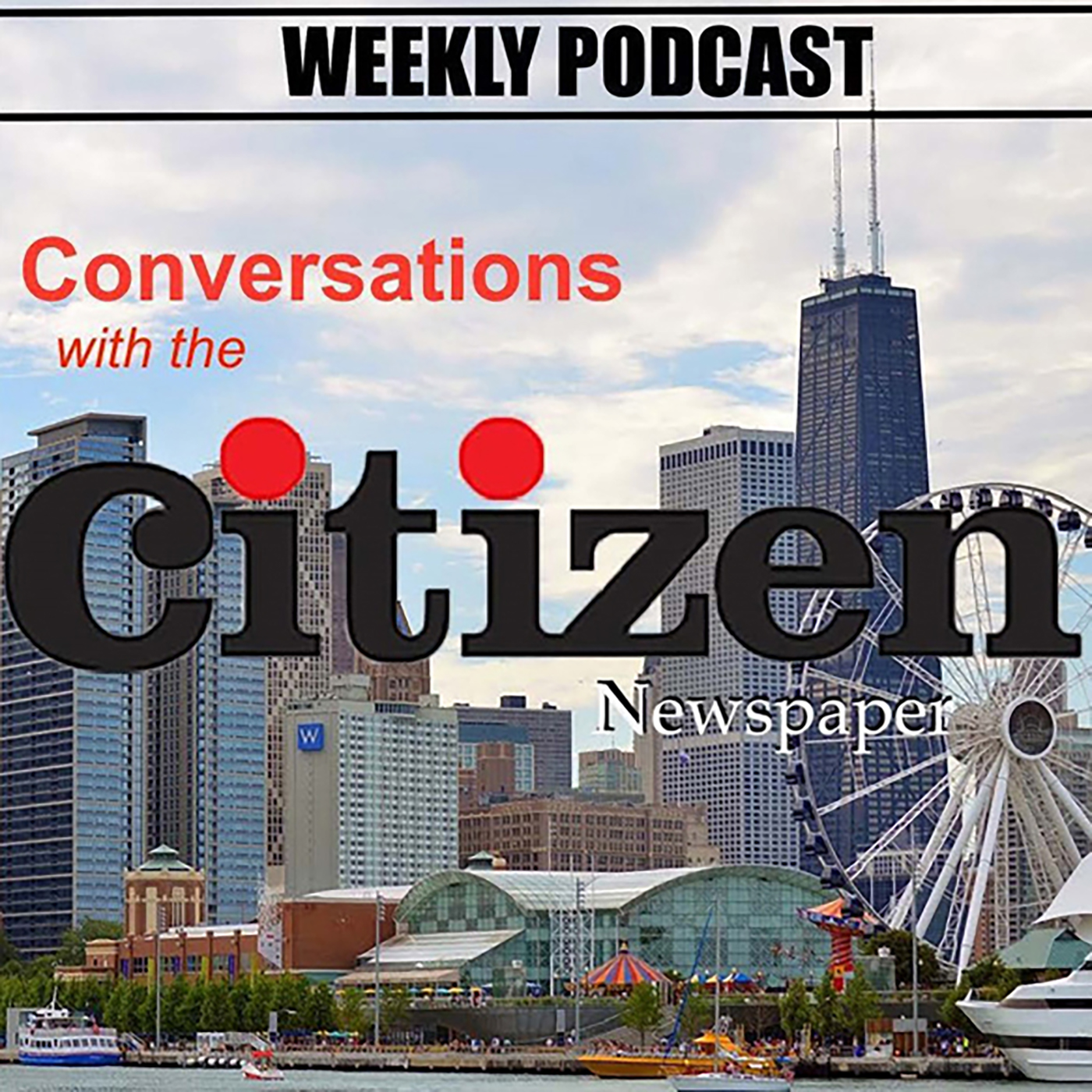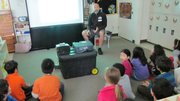Taking Killer Whale Research To The Classroom
"Hey, good morning!" Jeff Hogan exclaims to a class of bright-eyed grade schoolers at the Eton Montessori School in Bellevue, Washington. "What are we going to talk about today?" Hogan asks the class.
Seventeen voices respond, as one, from the floor in front of him: "Orcas!"
Hogan is the brains and character behind Killer Whale Tales. It's a sort of traveling road show that combines science with storytelling.
Hogan has presented this program to almost 10,000 kids this year in classrooms from Santa Cruz, Calif. to Bellingham, Wash.
That region, as it turns out, is also the range for the J, K and L pods of southern resident killer Whales that call the Northwest home.
Today Hogan is presenting some recent research to first- through third-graders. It's research that involved satellite tagging a member of K pod to find out where the whales go in the winter. It had been a mystery until recently. Hogan points at a map on the projector screen. The killer whale's journey shows up in a yellow line.
"He leaves Puget Sound, passes Oregon, all the way down almost to San Francisco in 14 days. Do you think you could swim to San Francisco in 14 days?" he says.
The kids are hanging on Hogan's every word. He tells them about how the whales stay with their moms for their whole lives -- in matriarchal families, or pods -- and he plays them snippets of the distinct calls from each pod.
He tells the students about the threats to these endangered whales. Top three on the list: lack of food, underwater noise and pollution. Hogan points at an image of a murky, oil-slick storm drain on the screen.
Hogan asks, "So when all these chemicals like oil or flame retardants or weed killer gets into the water, where does it end up?"
"In the whales," pipes up one little girl.
"Is it good for them?" Hogan asks.
A resounding "No way," comes from the floor in front of Hogan.
"Pollution can make them sick. It can make it harder for their body to fight off infections. It can even make it harder for them to have babies," he explains.
Sadie Reitz teaches this class. She says the kids look forward to this visit every year and the information is clearly sinking in.
"In recess I see them playing orca games. At PE we do an orca salmon echolocation game. They like to write about it. They can do free research in class too and so a lot of them choose to research orcas and do all they can." Behind her several 2nd graders shove their tiny hands down the blowhole of a model orca skull.
Last fall Jeff Hogan was on another research expedition with NOAA scientists as they attached a suction tag to a member of the K pod. The tag gathered data about the whale's depth and the calls it was making over a period of a few hours. Hogan took the data, boiled it down, and now he's having the kids map it on a graph with him, to follow the whale's journey.
"At two minutes the whale was at 14 meters. Find where your pencil's at. Connect the dots," Hogan says.
The kids follow Hogan's lead, marking each dot for the amount of time that's passed and tracing their fingers down to chart the whale's depth.
After about 10 minutes into the dive the whale finds its prey and heads back to the surface. Hogan describes the scene.
Hogan: "It looked like a unicorn exploded. Glitter all over the water. Little silver circles. Was it a unicorn?"
Students: "No!"
Hogan: "What are those little silver circles?"
Students: "Scales!"
Hogan: "What kind of scales?"
Students: "Chinook salmon scales!"
One little boy can't contain his excitement. "Whales rule!"
After class is over, Hogan pauses for a minute as the students move on to snack time. He says there are a lot of threats to killer whales, some of which require citizen action. "Starting with kids is a perfect way to get them interested. It's the hope for the future."
Jeff Hogan has reached more than 75,000 kids with his orca research message since 2006.
Latest Stories
- Legacy Speaks: Mapping Ida B. Wells' Imprint – A Tribute to Ida B. Wells on Her Birthday
- Cook County Commissioner Donna Miller Launches Congressional Campaign
- Community’s Voice Shapes Future Leadership
- Chicago Board of Education Approves Resolution Launching Healthy Green Schools Pilot Program
- CVS Health opens new Workforce Innovation and Talent Center in Chicago
Latest Podcast
STARR Community Services International, Inc.


